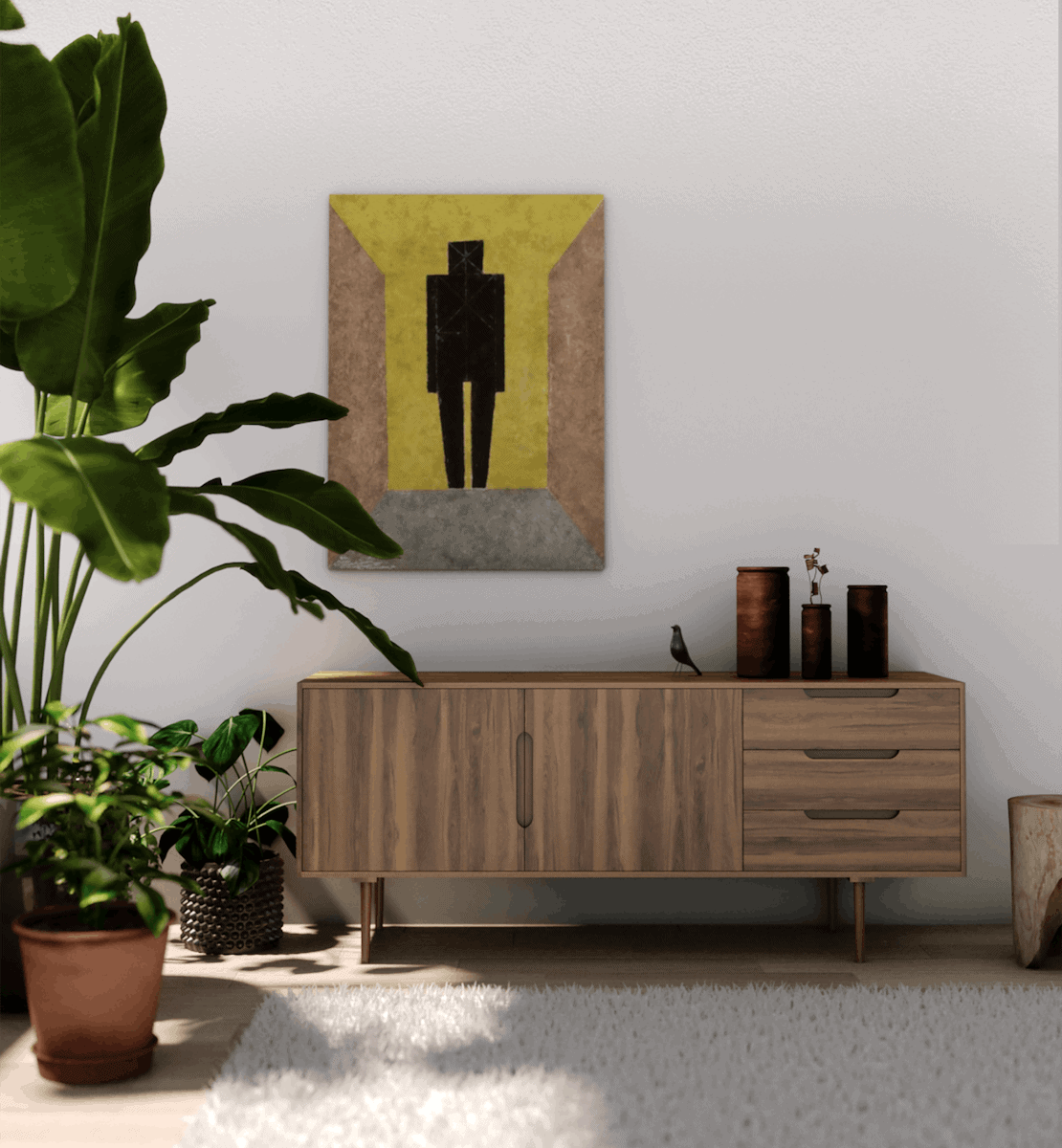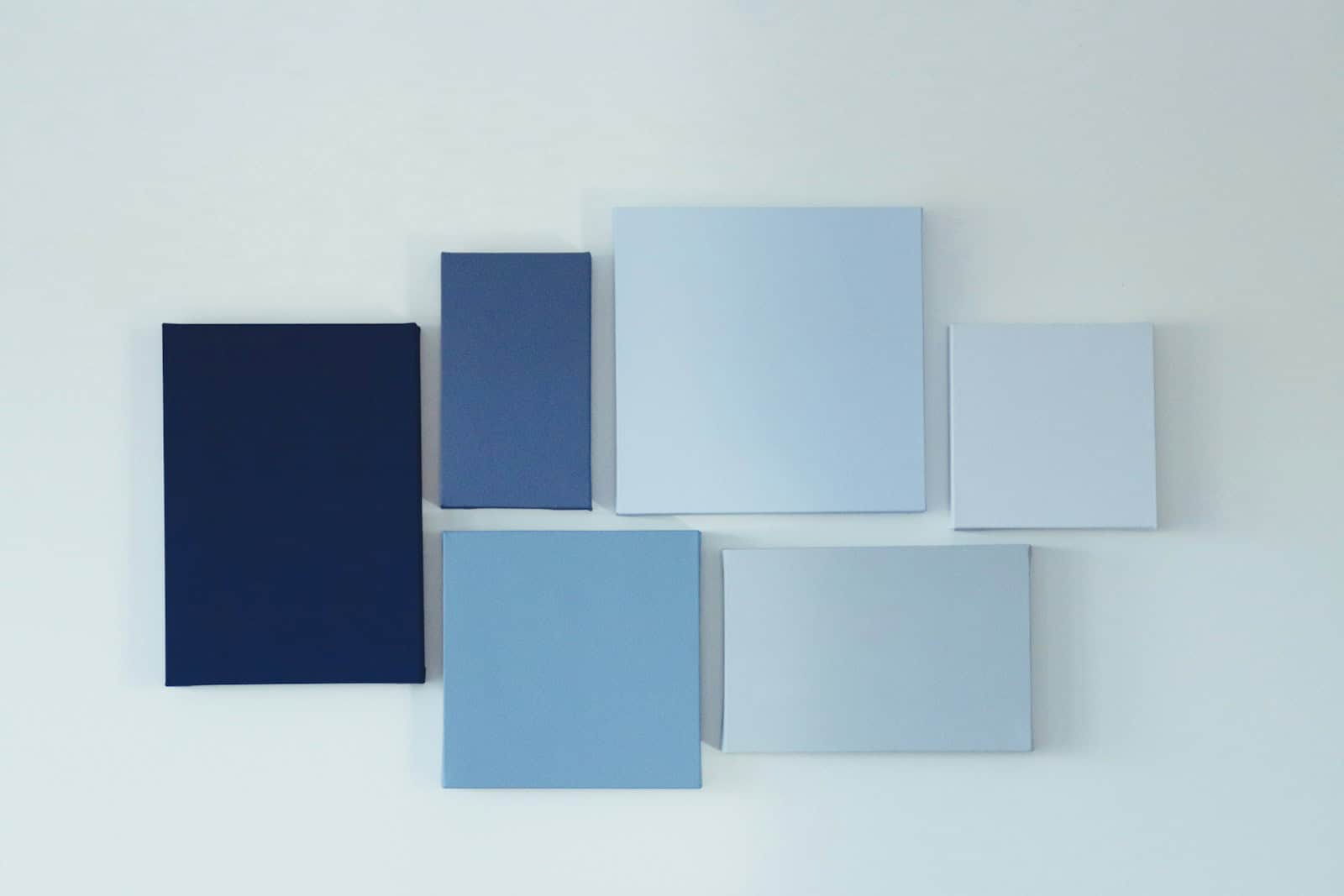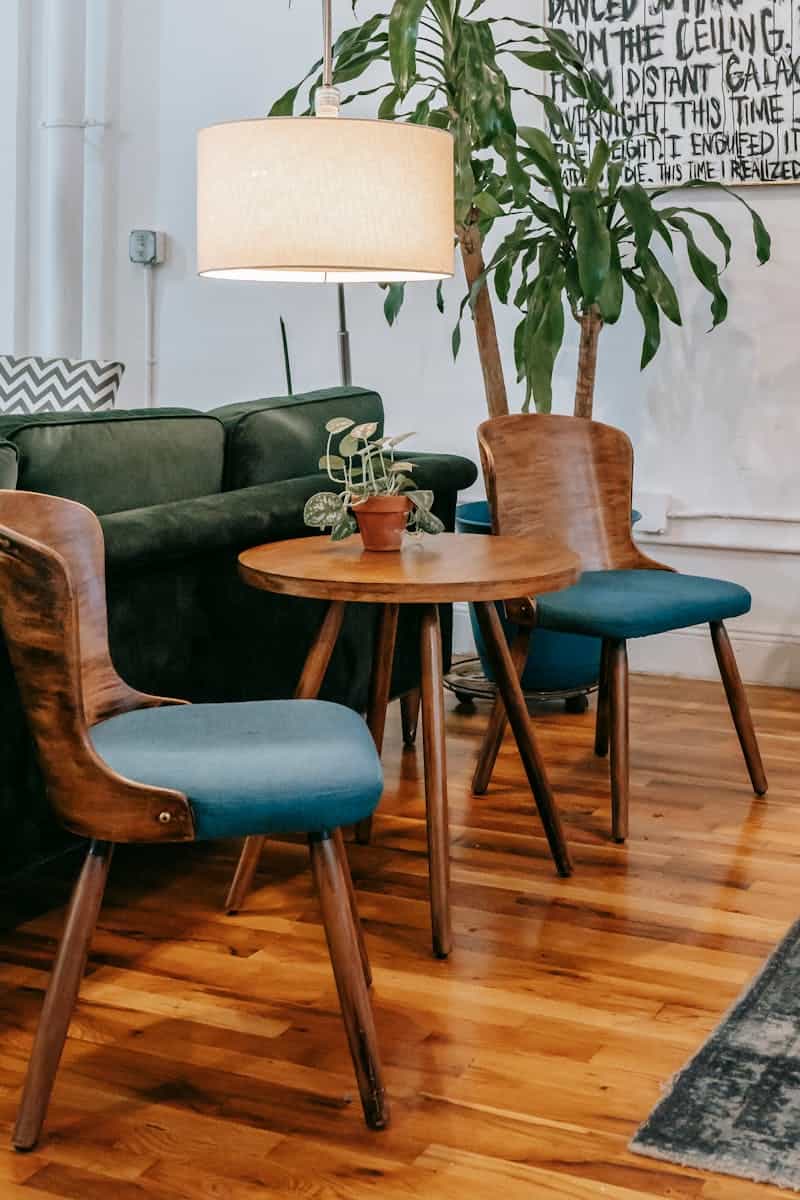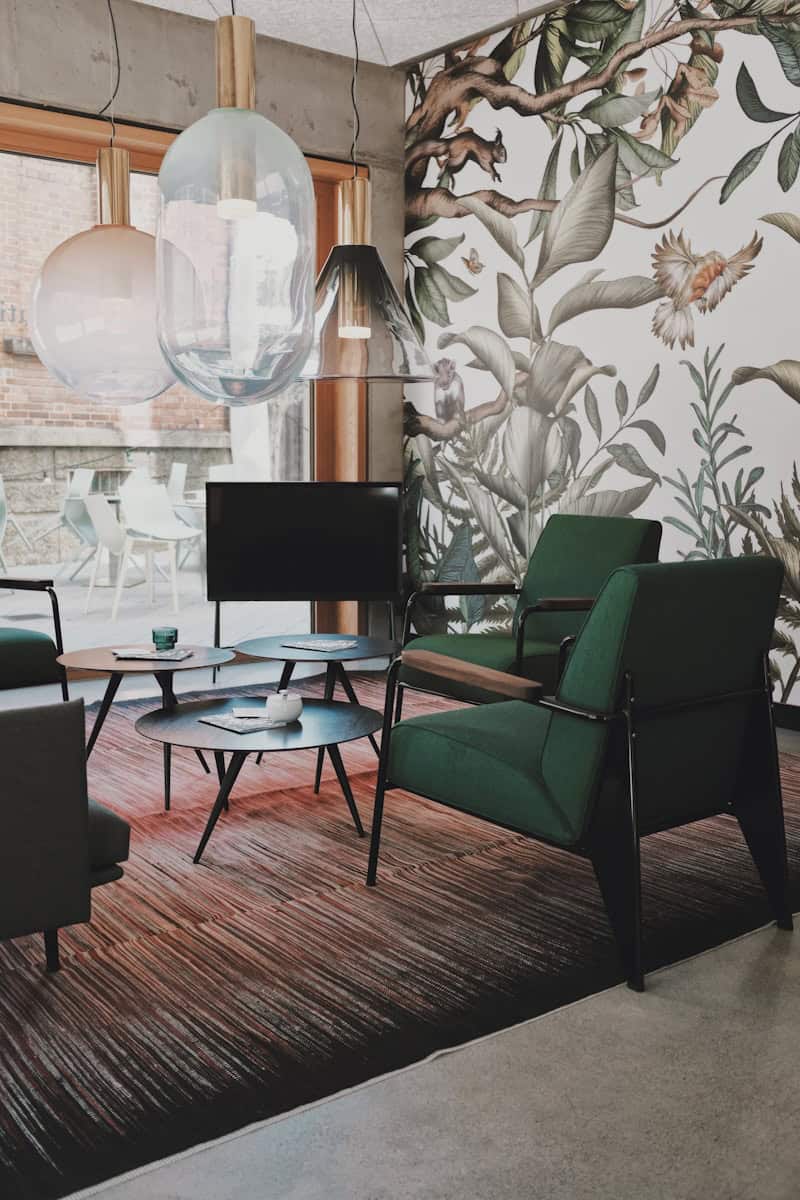In recent years, there has been a growing recognition of the impact that interior design can have on mental health and well-being. As our understanding of the connection between our physical surroundings and mental state deepens, interior designers are increasingly incorporating strategies to promote mental wellness into their projects. In this blog, we’ll explore how functional and soothing design elements can be seamlessly integrated to create spaces that nurture mental health.
The Importance of Mental Health in Interior Design
Our environments play a significant role in influencing our mood, behavior, and overall mental health. From the layout of a room to the choice of colors and materials, every aspect of interior design can either support or detract from our well-being. By intentionally designing spaces with mental health in mind, designers have the opportunity to positively impact the lives of their occupants.
Functional Design for Mental Wellness

Functional design focuses on optimizing the usability and efficiency of a space to support the needs of its users. When it comes to mental health, functional design elements can include:
1. Flexible Layouts: Designing spaces that can easily adapt to different activities and user preferences promotes a sense of control and autonomy, which are essential for mental well-being.
2. Ample Natural Light: Maximizing natural light exposure has been shown to improve mood, regulate sleep-wake cycles, and reduce symptoms of depression and anxiety. Incorporate large windows, skylights, and light-colored surfaces to enhance natural light levels in interior spaces.
3. Biophilic Design: Biophilic design principles emphasize the integration of natural elements, such as plants, water features, and natural materials, into interior spaces. Connecting with nature has been linked to reduced stress, improved cognitive function, and increased feelings of well-being.
Soothing Design for Mental Wellness

Soothing design focuses on creating environments that promote relaxation, comfort, and emotional balance. Some key elements of soothing design include:
1. Calming Color Palettes: Choose soft, muted colors such as blues, greens, and earth tones to create a sense of tranquility and harmony. Avoid overly stimulating colors or high-contrast combinations that may contribute to feelings of stress or agitation.
2. Comfortable Furnishings: Select furniture and textiles that prioritize comfort and ergonomics. Incorporate plush seating, cozy blankets, and supportive ergonomic chairs to encourage relaxation and reduce physical tension.
3. Mindful Material Selection: Opt for natural, non-toxic materials such as wood, cork, and wool that contribute to a healthy indoor environment. Minimize exposure to synthetic materials and chemicals that may negatively impact air quality and exacerbate symptoms of respiratory conditions or allergies.
Conclusion

By integrating functional and soothing design elements into interior spaces, designers can create environments that support mental health and well-being. Whether it’s incorporating flexible layouts, maximizing natural light, or selecting calming color palettes, every design decision has the potential to positively influence the mental wellness of occupants. As the field of interior design continues to evolve, prioritizing mental health strategies will become increasingly important in creating spaces that truly enrich the lives of those who inhabit them.

